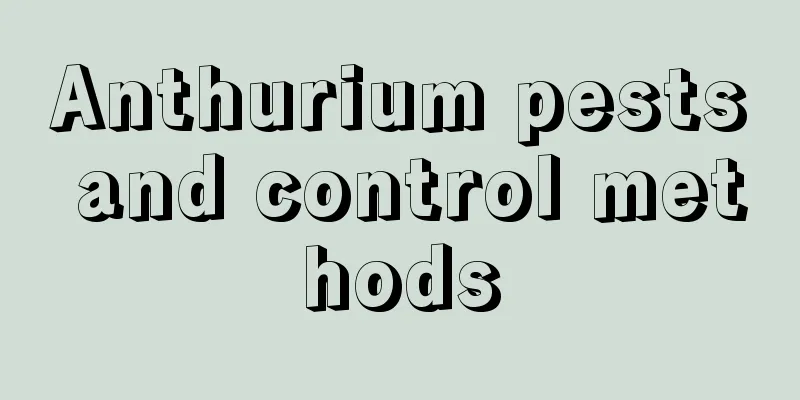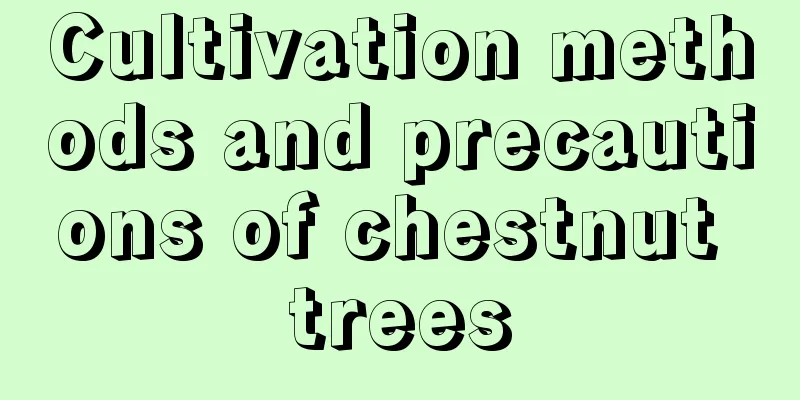Anthurium pests and control methods

NematodesSymptomsThe nematodes are mainly root-knot nematodes, which mainly harm the growth of plants. Gallbladder-like masses can be seen at the base of the plant. Of course there is another type of nematode, the boring nematode, which causes brown spots on the roots of the plant without any obvious swelling. When plants are infested with nematodes, they are easily damaged by fungi and develop root rot. Prevention and treatment measuresThe main way to solve the problem of nematodes is prevention. Disinfect the soil before planting, and you can choose sterilizers such as Bisumid. Or irrigate the roots of the plants with pesticides. When the pest is serious, it is recommended to change the pot and replant, expose the soil to the sun for a period of time, remove impurities in the soil, and replant. Scale insectsSymptomsScale insects are often found on the leaves of anthuriums and are pests with round brown shells. In serious cases, the leaves are covered with pests, which not only affect the growth of the plant but also reduce its ornamental value. Prevention and treatment measuresStrengthen maintenance, ventilate frequently, ensure suitable humidity in the maintenance environment, control water appropriately, and remove pests in time when found. They can be rinsed with clean water or scraped with bamboo strips. When the pest is serious, spray fungicides to kill them. The concentration of the drug should be low and the spraying should be even. However, try to avoid spraying pesticides during home maintenance as it may affect human health. Red SpiderSymptomsRed spider mites attach to anthuriums, causing the leaves and flowers to fade, affecting the varieties of the leaves and flowers. Prevention and treatment measuresWhen red spider mites appear, spray pesticides for prevention and control. Commonly used pesticides include cypermethrin, flumethrin, and dicofol. |
<<: Common pest control methods for honeysuckle
>>: Peach Blossom Pest Control Encyclopedia
Recommend
How to grow hydroponic flowers
1. Maintenance methods 1. Temperature: Depending ...
There is a lot of water in the pitcher plant cage. Is this abnormal?
1. Is it normal? Under normal circumstances, it i...
Can carnations be planted in the ground?
Can carnations be planted in the ground? Carnatio...
Jasmine cutting method
1. Selection of cuttings Choose new branches of t...
How many times a year can astragalus be planted and how to sow it?
1. How many times can it be planted in a year? It...
Should I use a large or small pot for arrowroot?
Should I use a large or small pot for arrowroot? ...
Can cherries be potted?
Can cherries be grown in pots? Cherries can be pl...
Can corn residue be used as fertilizer?
Corn residue as fertilizer Corn residue can be us...
How to breed golden grass and what to pay attention to
Golden grass breeding method Golden grass is also...
Can Daphne koreana be grown indoors?
1. Can it be kept indoors? Daphne can be grown in...
Can the water used to raise fish be used to grow lucky bamboo? Can the water used to raise fish be used to water flowers?
1. Can fish farming water be used? It is best not...
Chickpea Planting Time and Method
Chickpea Planting Time Generally, chickpeas can b...
How to grow Lespedeza well
1. Maintenance methods 1. Temperature: It has a v...
How to grow banyan
Ficus indica growing conditions Ficus microcarpa ...
What to do if the wine bottle orchid has root rot
1. Caused by fertilizer The roots of this plant a...









